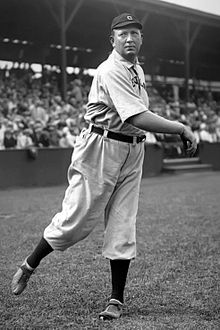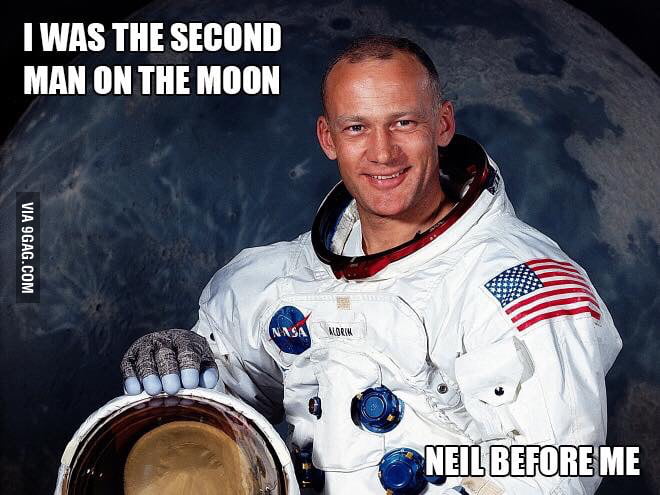Roger A. Shrubber
Well-Known Member
On this day in 1903, the newly formed Ford Motor Company takes its first order from Chicago dentist Ernst Pfenning: an $850 two-cylinder Model A automobile with a tonneau (or backseat). The car, produced at Ford’s plant on Mack Street (now Mack Avenue) in Detroit, was delivered to Dr. Pfenning just over a week later.
Henry Ford had built his first gasoline-powered vehicle–which he called the Quadricycle–in a workshop behind his home in 1896, while working as the chief engineer for the main plant of the Edison Illuminating Company in Detroit. After making two unsuccessful attempts to start a company to manufacture automobiles before 1903, Ford gathered a group of 12 stockholders, including himself, to sign the papers necessary to form the Ford Motor Company in mid-June 1903. As Douglas Brinkley writes in “Wheels for the World,” his history of Ford, one of the new company’s investors, Albert Strelow, owned a wooden factory building on Mack Avenue that he rented to Ford Motor. In an assembly room measuring 250 by 50 feet, the first Ford Model A went into production that summer.
Designed primarily by Ford’s assistant C. Harold Wills, the Model A could accommodate two people side-by-side on a bench; it had no top, and was painted red. The car’s biggest selling point was its engine, which at two cylinders and eight-horsepower was the most powerful to be found in a passenger car. It had relatively simple controls, including two forward gears that the driver operated with a foot pedal, and could reach speeds of up to 30 miles per hour (comparable to the car’s biggest competition at the time, the curved-dash Oldsmobile).
Dr. Pfenning’s order turned out to be the first of many, from around the country, launching Ford on its way to profitability. Within two months, the company had sold 215 Fords, and by the end of its first year the Mack Avenue plant had turned out some 1,000 cars. Though the company grew quickly in the next several years, it was the launch of the Model T in 1908 that catapulted Ford to the top of the automobile industry. The Lizzie’s tremendous popularity kept Ford far ahead of the pack until dwindling sales led to the end of its production in 1927. That same year, Ford released the second Model A amid great fanfare; it enjoyed similar success, though the onset of the Great Depression kept its sales from equaling those of the Model T
Henry Ford had built his first gasoline-powered vehicle–which he called the Quadricycle–in a workshop behind his home in 1896, while working as the chief engineer for the main plant of the Edison Illuminating Company in Detroit. After making two unsuccessful attempts to start a company to manufacture automobiles before 1903, Ford gathered a group of 12 stockholders, including himself, to sign the papers necessary to form the Ford Motor Company in mid-June 1903. As Douglas Brinkley writes in “Wheels for the World,” his history of Ford, one of the new company’s investors, Albert Strelow, owned a wooden factory building on Mack Avenue that he rented to Ford Motor. In an assembly room measuring 250 by 50 feet, the first Ford Model A went into production that summer.
Designed primarily by Ford’s assistant C. Harold Wills, the Model A could accommodate two people side-by-side on a bench; it had no top, and was painted red. The car’s biggest selling point was its engine, which at two cylinders and eight-horsepower was the most powerful to be found in a passenger car. It had relatively simple controls, including two forward gears that the driver operated with a foot pedal, and could reach speeds of up to 30 miles per hour (comparable to the car’s biggest competition at the time, the curved-dash Oldsmobile).
Dr. Pfenning’s order turned out to be the first of many, from around the country, launching Ford on its way to profitability. Within two months, the company had sold 215 Fords, and by the end of its first year the Mack Avenue plant had turned out some 1,000 cars. Though the company grew quickly in the next several years, it was the launch of the Model T in 1908 that catapulted Ford to the top of the automobile industry. The Lizzie’s tremendous popularity kept Ford far ahead of the pack until dwindling sales led to the end of its production in 1927. That same year, Ford released the second Model A amid great fanfare; it enjoyed similar success, though the onset of the Great Depression kept its sales from equaling those of the Model T












